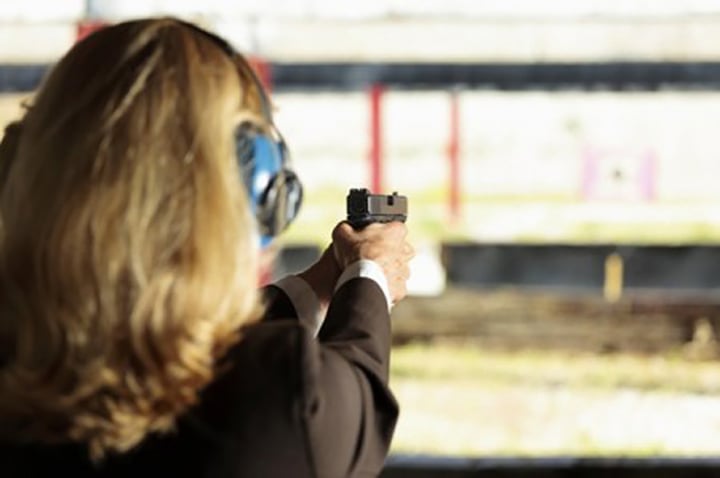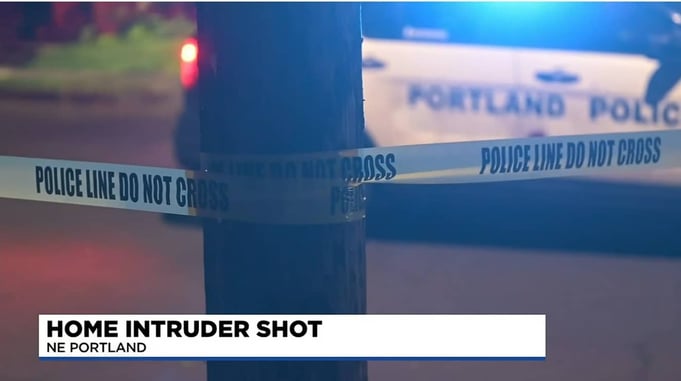We all love going to the range and firing our handguns, but with any piece of machinery comes the occasional problem. Knowing how to address different types of handgun malfunctions is crucial to your safety, the safety of those around you, and will minimize any potential damage to your handgun.
In this article, we are going to go with the standard method of clearing your firearm. There are different methods of clearing in a self-defense situation, but for the purposes of this article, we will be clearing in a range environment.
We’re going to outline the 4 most common types of malfunctions. Before you handle any firearm, make sure that you are aware with how that particular firearm operates.

1. Hang Fire
If you pull the trigger and it doesn’t go “Boom”, you may have a Hang Fire situation going on. A hang fire is a delay in the propellant being ignited. If this malfunction is suspected, the procedure is to keep the firearm pointed down range for at least 30-60 seconds. This will ensure that the propellant won’t be ignited. After that time has passed, you should clear the firearm of the dud and drop it in some water as a precaution.
In modern firearms, the round is more likely a dud (a round that will never fire), however the above precautions should always be followed.

2. Squib Load
A Squib Load is an extremely dangerous type of malfunction. This occurs when a bullet does not have enough force to exit the barrel, instead getting lodged inside the barrel. If this happens and you were to fire a second round, the second round would run directly into the first round inside of the barrel, causing the barrel to either bulge or break apart. This can lead to serious injury and even death. The dead giveaway of a squib load is this: It doesn’t sound like a normal shot being fired and may be much quieter or muffled in sound. If something doesn’t sound right, clear your firearm and check your barrel for any obstructions. *Note: DO NOT look down your barrel. Find something that won’t scratch your barrel, such as a pencil, to place inside the barrel to ensure that is indeed clear.
A Squib Load is usually caused by a round having a primer, but no (or very little) powder. Reloaded ammunition usually the culprit of this type of malfunction.

3. Failure To Feed
A Failure to Feed (FTF) is when a firearm fails to feed the next round into the firing chamber. This can happen due to many reasons. To identify a FTF, your slide will not be all the way forward (not in full battery), because the cartridge has not traveled the distance needed to become chambered. To correct this, clear your firearm by removing the magazine first, and then the round (which will likely drop down the magazine well once the slide is locked back).

4. Stovepipe
A Stovepipe occurs when the spent cartridge fails to be ejected properly, causing it to get trapped vertically in the ejection port. This malfunction typically occurs by not holding the firearm correctly, or “limp wristing”. If you experience this type of malfunction, clear your firearm by first removing the magazine, and then locking your slide back to expel the cartridge.














